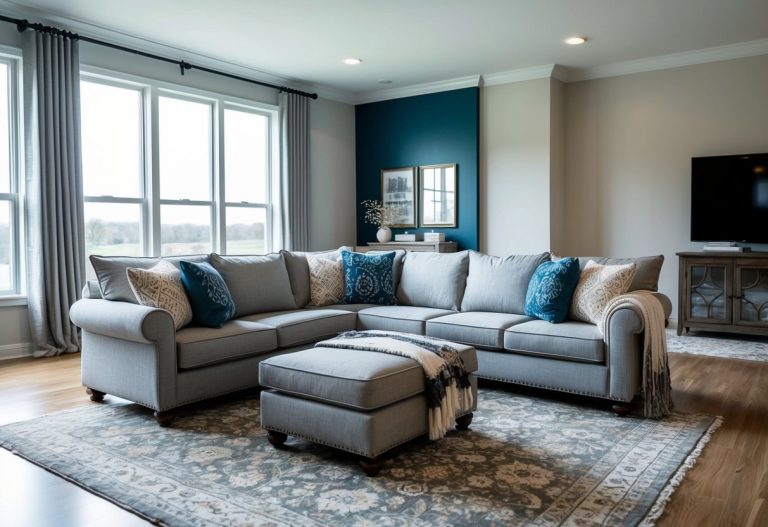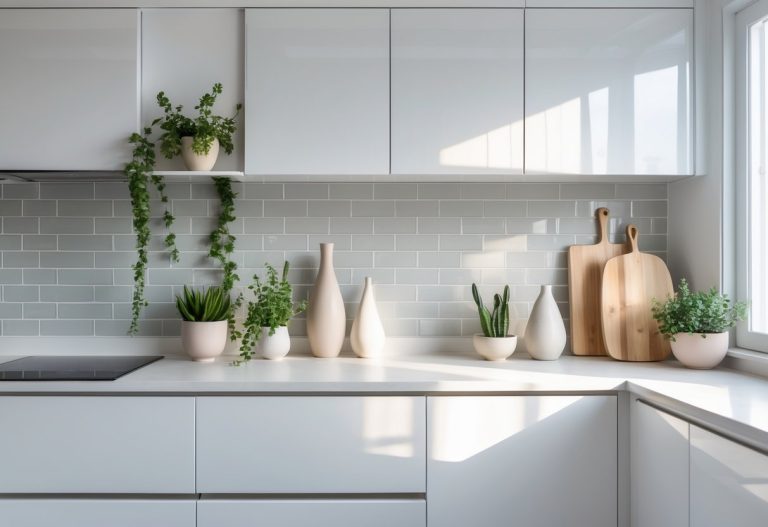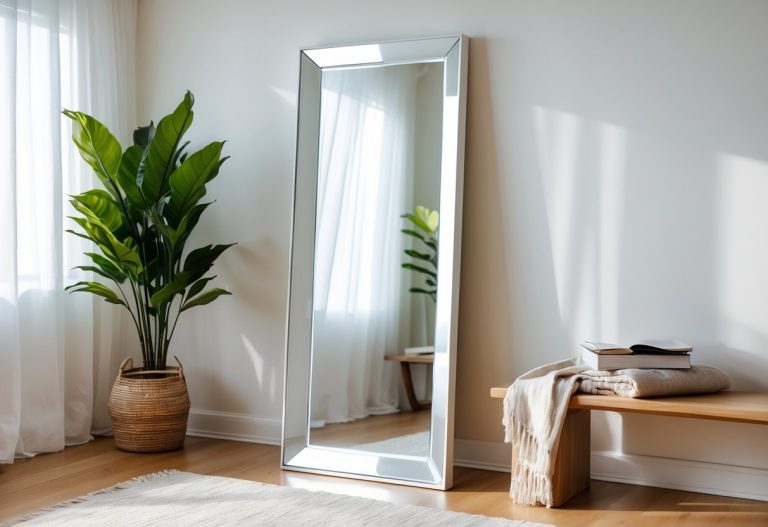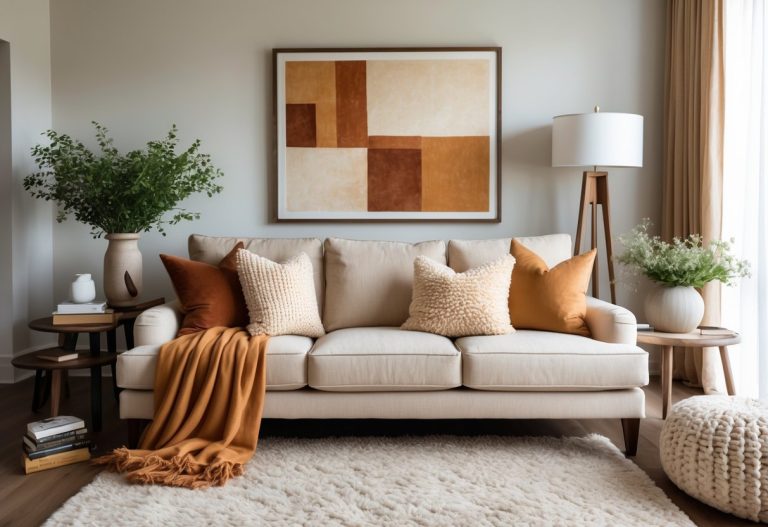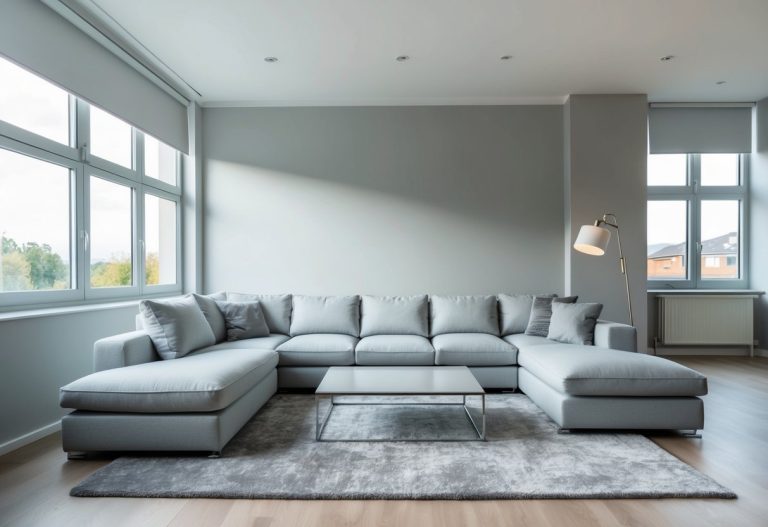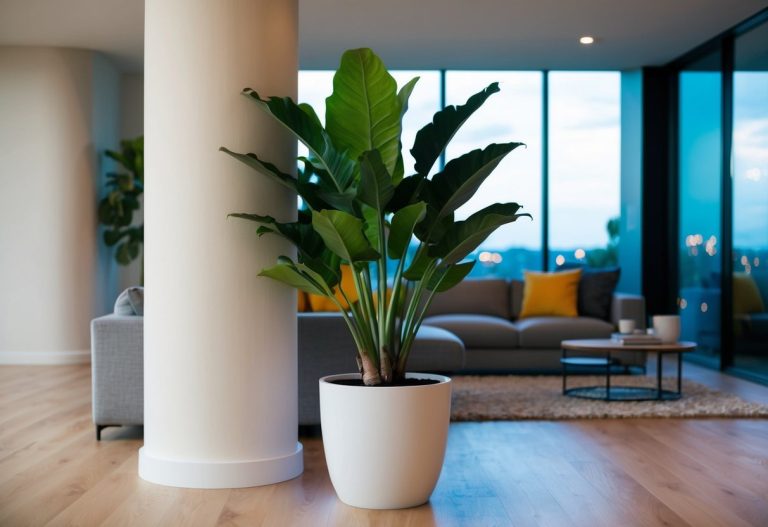Master Bedroom Floor Plans for Cozy and Stylish Living Spaces
When planning your master bedroom floor plan, the key is to create a space that feels comfortable, functional, and suits your needs. A good master bedroom layout balances sleeping, dressing, and relaxing areas while making the best use of available room. This means thinking about where to place your bed, storage, and seating to keep the flow smooth and inviting.

You might want to consider adding a walk-in closet or a connected bathroom, depending on your space. Paying attention to natural light and window placement can also make a big difference in how your bedroom feels throughout the day. With the right floor plan, your master bedroom can become a true retreat where you can unwind and rest well.
Essentials of Master Bedroom Floor Plans

Your master bedroom should feel comfortable, private, and well-organized. Key features like lighting, closet space, and layout play a big role in how the room works for you. Paying attention to how space flows and how areas connect can make a big difference in daily use.
Key Elements in Master Bedroom Design
You want your master bedroom to have enough room for sleeping, dressing, and relaxing. A walk-in closet or ample storage helps keep things tidy. Including an en suite bathroom close by adds convenience and privacy.
Good lighting is key. Use a mix of natural light from windows and adjustable artificial lights. Think about placing lamps near the bed or seating areas. Don’t forget space for furniture like nightstands and dressers.
Privacy matters. Position your room away from noisy parts of the house like the kitchen or living room to create a quiet retreat.
Popular Layout Types
One popular layout is the open concept, where the sleeping area connects with other spaces like a sitting corner without walls in between. This feels spacious but still cozy.
Another choice is the traditional layout, which separates the bedroom from closets and bathrooms. This keeps different areas distinct and organized.
You can also find L-shaped or quadrant layouts where closets or seating areas form natural zones in the room. Think about how you like to use the space daily when choosing a plan.
Optimizing Space and Flow
Think about walkways and how you move through the room. You want clear paths from the door to the bed and other key spots like the closet and bathroom.
Arrange furniture so it doesn’t block windows or doors. This keeps the space open and bright.
Try placing the bed where it faces the room entrance for balance and comfort. Keep clutter down by using smart storage options, like under-bed drawers or built-in shelves.
Use rugs or lighting to define different zones, like a reading nook or dressing area, within the room. This helps the master bedroom feel bigger and more functional.
Inspiring Ideas for Master Bedroom Layouts

Your master bedroom layout should feel comfortable and reflect how you live. Thoughtful design helps you make the most of your space, whether you want a peaceful retreat, easy bathroom access, or plenty of storage.
Open Concept Master Suites
An open concept master suite means combining your bedroom, sitting area, and sometimes a dressing space into one big room. This layout creates a roomy feel and lets natural light flow easily.
You can use furniture, like a sofa or a bookshelf, to separate areas without building walls. This way, you keep an open feel but still have distinct spots for relaxing or working.
If you like a spacious and bright bedroom, this style helps avoid feeling cramped. It works best in larger rooms where you have enough floor space to create zones without clutter.
Master Bedrooms With Ensuite Bathrooms
Having a bathroom attached directly to your bedroom is a popular feature. Your ensuite bathroom saves time and adds privacy since it’s just steps away.
You can design your ensuite with features like a walk-in shower, a bathtub, or dual sinks to make your morning routine easier. Think about placing the bathroom entrance out of direct view from the bed for more privacy.
A well-planned ensuite connects smoothly with your bedroom. Sliding doors or pocket doors can save space compared to swinging doors.
Incorporating Walk-In Closets
A walk-in closet gives you plenty of room to store and organize your clothes, shoes, and accessories. It can be a small separate space or part of the master suite layout.
Plan your closet with shelves, hanging space, and drawers that fit your needs. Using good lighting makes it easier to find what you need quickly.
If you have a walk-in closet, consider placing it between the bedroom and bathroom. This “dressing zone” lets you move from clothes to shower without crossing the bedroom.
